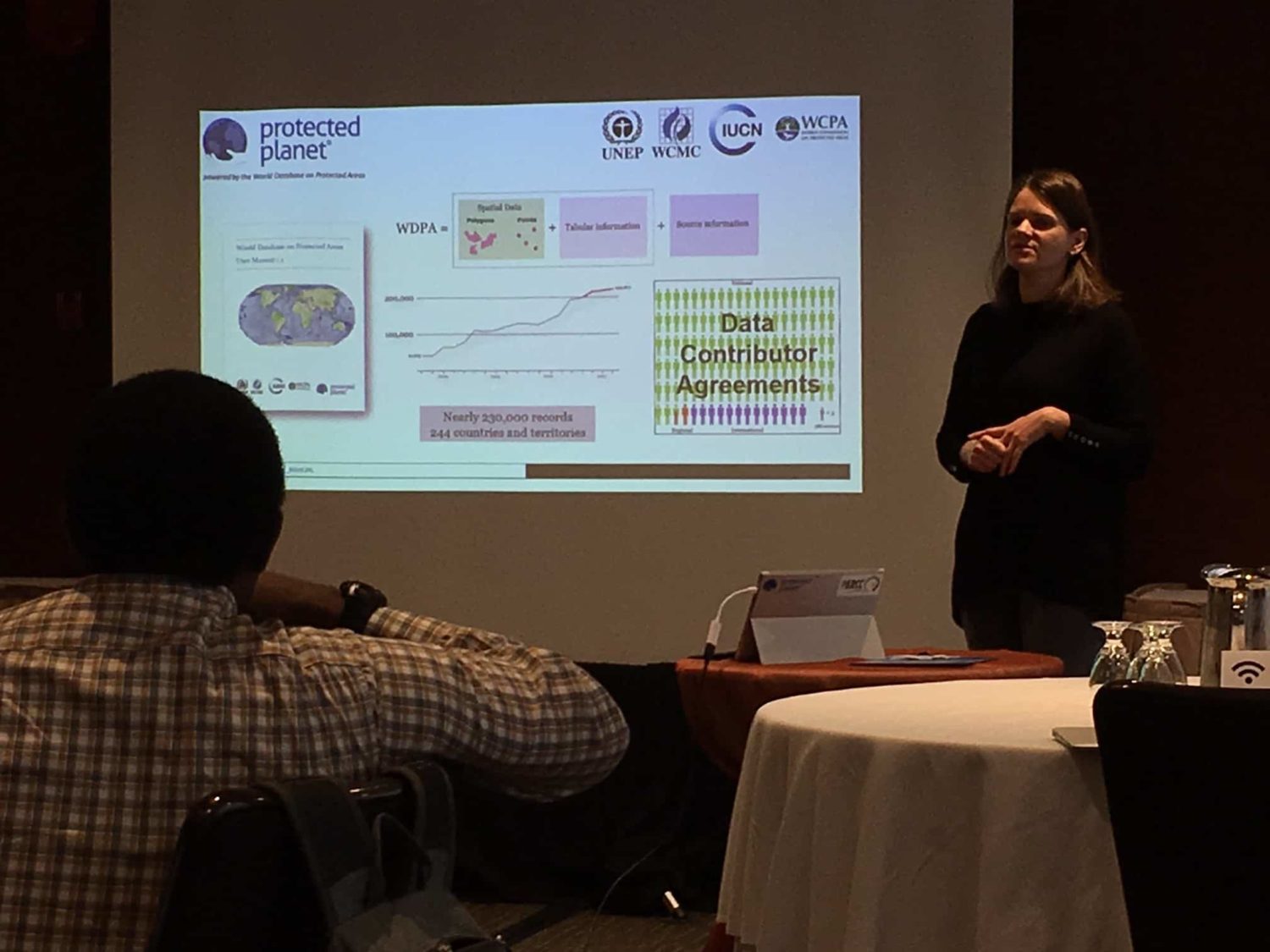From 13-18 February 2017, 35 experts from a wide range of organizations and countries came together in Vancouver to discuss “Other Effective area-based Conservation Measures” which carries the new acronym of OECM. The workshop was organized by the recently formed IUCN World Commission on Protected Areas (WCPA) Task Force on OECM and hosted by the Canadian Parks and Wilderness Society (CPAWS).
The goal of the workshop was to set up guidance for applying the OECM criteria and to determine a number of case study countries where the criteria and guidance can be tested.
The IUCN Task Force on OECM was set up to address part of the wording of the Convention on Biological Diversity (CBD) Aichi Target 11 which states that by 2020, countries must designate “at least 17% of terrestrial and inland water areas and 10% of coastal and marine areas” to be conserved by way of “well-connected systems of protected areas and other effective area-based conservation measures.” To date, however, very little had been put forward in the latter category, partly due to a lack of guidance on exactly what these areas would include.
OECM is defined, in terms of Aichi Biodiversity Target 11, as “A geographically defined space, not recognized as a protected area, which is governed and managed over the long-term in ways that deliver the effective and enduring in-situ conservation of biodiversity, with associated ecosystem services and cultural and spiritual values.”
The three key requirements for OECM are that the area (1) is not already a protected area, (2) has biodiversity (whether targeted protection or not), and (3) has long-term management measures in place.
A focus on OECM, which the CBD has asked countries to report on, was partly to ensure that Aichi Target 11 would include indigenous and local management initiatives that secure place-based conservation but are not technically protected areas. Since then, some countries, struggling to meet biodiversity targets, have seen OECM as an opportunity to show their commitment to Aichi Target 11.
Case studies from Bermuda, Colombia, Canada, Indonesia, Kenya were presented at the workshop along with other studies from BirdLife International, UNEP WCMC, CPAWS, Fisheries and Oceans Canada (DFO), the David Suzuki Foundation, American Museum of Natural History, WWF Canada, the IUCN Biodiversity Task Force and the IUCN SSC-WCPA Marine Mammal Protected Areas Task Force. Indigenous groups presenting included representatives from several Western Canadian peoples.
Pilot testing of the criteria, guidance and other issues will be undertaken in various areas of the world, including the case study countries noted above, with the goal of having results ready to present later this year. For Fiji and the Solomon Islands, locally managed marine areas will be examined to see if they are candidates for OECM.
It became clear at the workshop that in some cases, CBD EBSAs, IUCN KBAs (including IBAs) and the new tool of important marine mammal areas, IMMAs, that have management measures, will be able to be classified as other effective area based conservation measures (OECM) to help fulfil Aichi Target 11, as well as other Aichi Targets.
The meeting participants agreed that OECM could contribute much more if it were formalized and publicized. Part of that, it was recognized, will be to come up with a snappier word or phrase to encapsulate the idea of “other place-based conservation measures.”
A report of the meeting will be available. For background information on the OECM Task Force, go to https://www.iucn.org/news/task-force-other-effective-area-based-conservation-measures.


